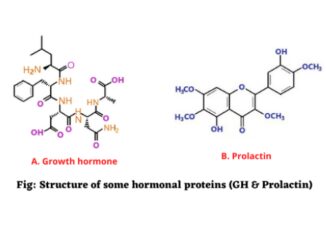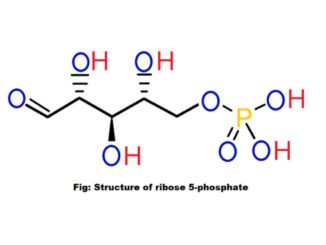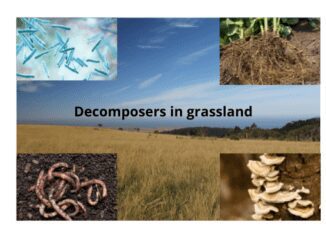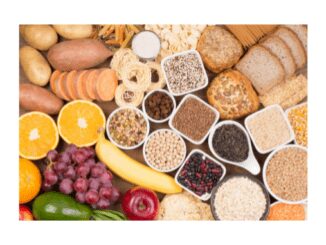
Pentose: Importance in pentose phosphate pathway
Introduction Monosaccharides are the simplest types of carbohydrates that cannot be hydrolyzed further into small units. Monosaccharides are classified according to the number of carbon […]

Introduction Monosaccharides are the simplest types of carbohydrates that cannot be hydrolyzed further into small units. Monosaccharides are classified according to the number of carbon […]

Introduction Humans, plants, various animals, viruses, and bacteria are made up of different types of elements. There are 6 major elements in nature that are […]

Introduction The polymers of amino acids are peptides and large peptides are called proteins. Proteins are macromolecules that are constructed by the repetition of one […]

Introduction Protein is a complex nitrogenous complex with a high molecular mass that is a polymer of amino acids. This macromolecule is considered to be […]

Introduction Pentose sugar is a component of nucleotides. Nucleotides are biological molecules that act as monomers and as subunits of DNA and RNA. These biological […]

Introduction The body constantly needs energy to control various biological functions. The organism consumes food to gain this energy. The static energy in food that […]

Introduction Ribose 5-phosphate is a product produced in the non-oxidative phase of the pentose phosphate pathway. The sequence of steps of enzymatic reactions where a […]

Introduction Decomposers in grassland refer to the microorganisms of the grassland region that decomposed the animal’s and plant’s bodies. Grassland is an area where different […]

Introduction Food is an essential element for human survival it provides energy to the body, builds tissues, and helps to maintain life. A person can […]

Introduction Food serves as the primary source of nutrition for both animals and the human body. When consumed in solid, semi-solid, or liquid forms, it […]
Copyright © 2025 | WordPress Theme by MH Themes